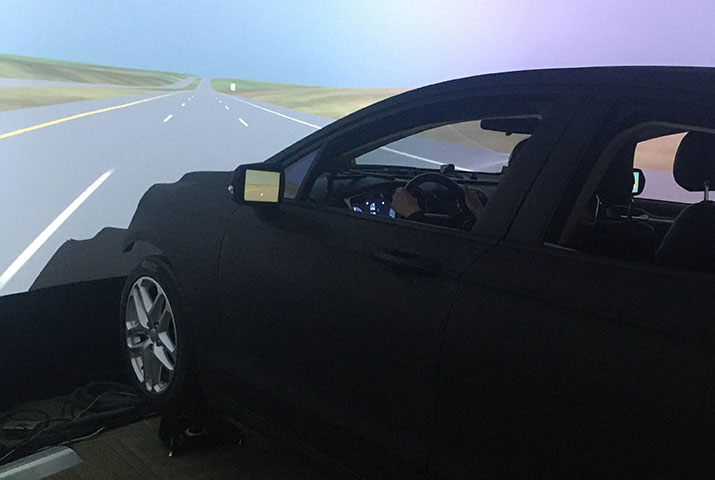Get lots of sleep – but not behind the wheel
Feb. 10, 2020

Many of us would never drive after drinking, but we’re not as hesitant about getting behind the wheel after being awake for too long or not getting enough sleep. It turns out that can be just as dangerous as driving while impaired.
Part of the issue is that we tend not to count drowsy driving among the “big four” problem behaviors: driving impaired, speeding, distracted driving and not wearing a seat belt. But researchers claim that drowsy driving actually belongs in that first category; it’s just that the impairment comes from fatigue, not alcohol or drugs.
Unlike impairment and the other three problem behaviors, though, drowsy driving isn’t easily observable, and there are no tools to detect it. Because of such factors, it’s believed to be underreported and to have a much greater impact than we think. A 2018 study by AAA found that drowsy driving likely accounts for eight times more crashes than federal estimates show. In Minnesota, there were more than 5,000 reported crashes from 2014 – 2018 involving drowsy drivers, including 30 fatal crashes.
To better understand and address the problems of drowsy driving, the HumanFIRST lab at the University of Minnesota designed a study approved by the International Review Board (for ethics and safety oversight). The study’s aim was to find an objective test (or set of tests) that law enforcement officers could quickly and easily administer by the side of the road to identify fatigue. The Office of Traffic Safety (OTS) helped secure two federal grants for the research team, and helped guide the study’s design, giving feedback and helping solve problems to make sure the research was successful.
Here’s how the study worked: The subjects were safely transported to and from the university. While there, they stayed in the research facility for 30 hours, awake the entire time. They were not allowed any stimulants, such as coffee, chocolate or cigarettes, and each subject was with a staff member at all times to help keep them awake. Subjects were tested every four hours: 30 minutes of driving and 30 minutes of fatigue assessment testing. During the other three hours, they played games, walked, and did other things to keep their minds and bodies active – they just weren’t allowed to sleep.
The driving took place in a simulator, where the screen showed the stretch of I-35 between the Twin Cities and the Iowa border. But Nichole Morris, the principal investigator on the study, said they kept it as boring as possible: “No crossroads, no traffic or buildings, a twilight sky.” Morris and her colleagues then watched to see whether the subjects were staying in their lane, obeying the speed limit, and staying on the road – and how these behaviors changed the longer the subjects were awake.
The fatigue assessment testing consisted of seven assessments that looked at the types of mental functions that might be affected by sleep deprivation. For example, participants would watch a screen and push a button as fast as they could when they spotted a circle. Another test involved responding only when they saw the letters P or Q and actively ignoring the other letters – that is, ignoring the distractions. Generally, the more fatigued they were, the worse they performed on the tests.
Some of the results of the study were surprising to Morris and her team. For example, around the 26-hour mark of being awake, many participants reported visual illusions or hallucinations. Dr. Conrad Iber, a U of M professor of sleep medicine who worked on the study, said that the illusions may have been dream activity. When you’ve been awake that long, the sleep pressure is so great that parts of your brain are actually sleeping.
Another surprise was how quickly fatigued drivers fell asleep at the wheel after they had just been walking around and feeling “refreshed.” At around 16 to 17 hours of wakefulness, perky participants would get into the driving simulator and fall asleep within five minutes. Morris pointed out, “The adage of ‘I feel sleepy, I’m going to go walk around and get some fresh air’ won’t save you. No amount of walking around is a substitute for sleep.”
In the end, the study landed on some promising possibilities for fatigue assessment tests, but there is more work to be done. For example, the results would have to stand up in court, like breathalyzer and blood tests for drunk driving. But ultimately, this study is a step in the right direction to help make our roads safer.

